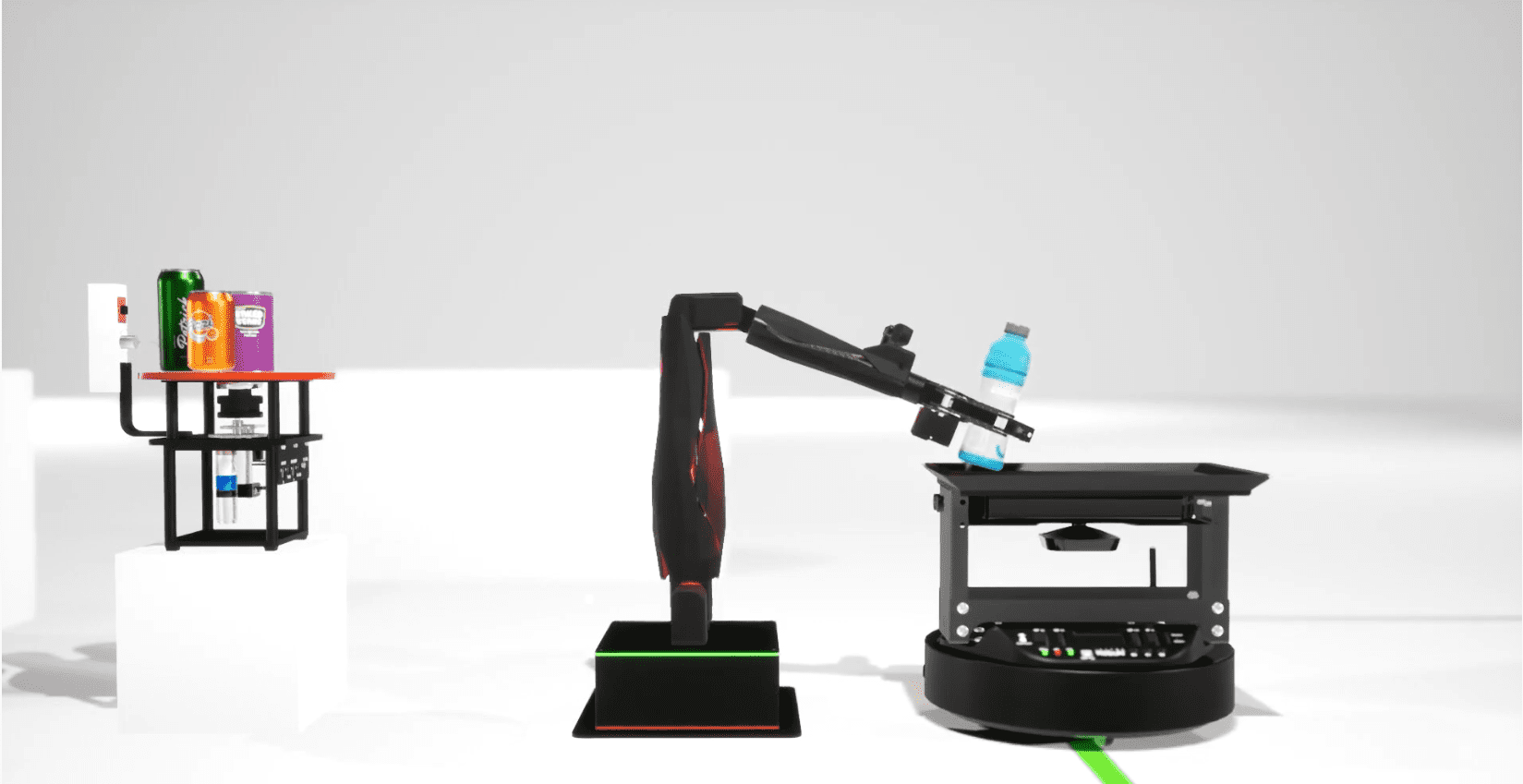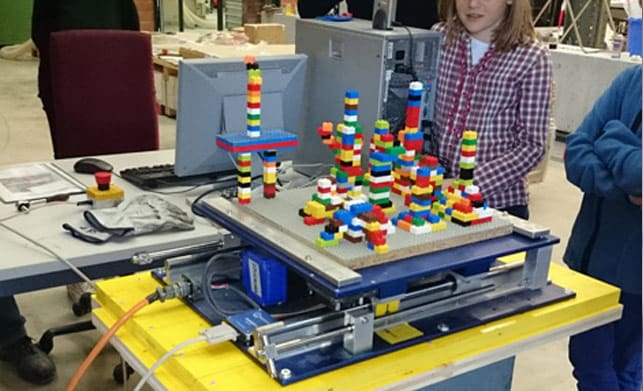
I could be wrong, but I don’t think that anyone really ever enjoyed slide shows. I realize that the 60s were a different time, and the options for entertainment were somewhat more limited than they are now, but I’m still not convinced. Moreover, I don’t believe that the “modern” advent of software-based presentation tools like Powerpoint and Keynote have revolutionized the format. When slide shows were limited to quiet evenings in a brown and orange living room with good company and a glass or wine or stiff Manhattan, sitting through a series of slides was likely bearable. However, at some point the ease of creation that modern tools for presentation have given us not only led everyone to believe that they can create a captivating presentation, but that every opportunity to show a deck of slides to an audience should be seized and wrung for all it’s worth.
After years of falling into the trap of glamourous and fantastical presentations with Word Art and neato animations, I’ve recently rediscovered the beauty and simplicity of an oral presentation. I’ve come to believe that props, a white board, and demonstrations make for a far more engaging presentation than a collection of slides with offensive fonts and watermarked stock images.
But what about lectures?
As the complexity of the content of the presentation or discussion increases, the need for illustrative visuals becomes more critical. Given the complexity of the topics that are commonly presented in modern STEM courses, digital slides have become a staple. However, as the complexity of the content increases so too does the potential for an audience to get lost thinking about last night’s episode of Mr. Robot. So how do you illustrate complex topics more effectively?
There are dozens of eLearning platforms on the market that promise to transform your content into exciting and interactive experiences. The way that the majority of platforms deliver these fantastically engaging and captivating experiences for students…? Slides! What we have essentially done is model the cutting edge of educational delivery methods after the least engaging model for traditional presentation and storytelling. It could be a result of traditional views on scaffolding concepts as opposed to self-directed personalized learning. It might be a result of traditional software skeuomorphism. Either way, we have limited the approaches and applications of modern platforms to teaching in favour of the safe approach.
The true power of online and mobile platforms is they have almost infinite potential for student engagement. You can create dynamic, personalized learning experiences that change depending on the particular skill level or creativity of your students. You can create animations, simulations, data visualizations, augmented reality, etc. You can create games, access online databases, or even give students the opportunity to create using online editors and software. The potential for online access and integration is endless, so why limit the options for educators to images, videos, and text in a single procedural series of steps?
Creating online Powerpoint slides is not enough.




